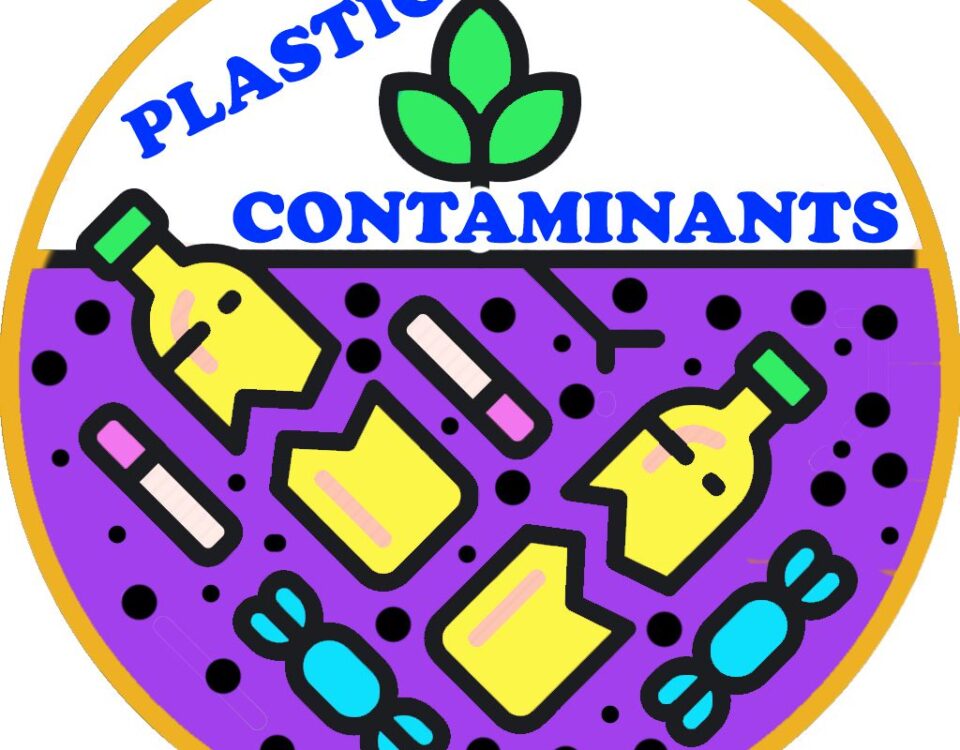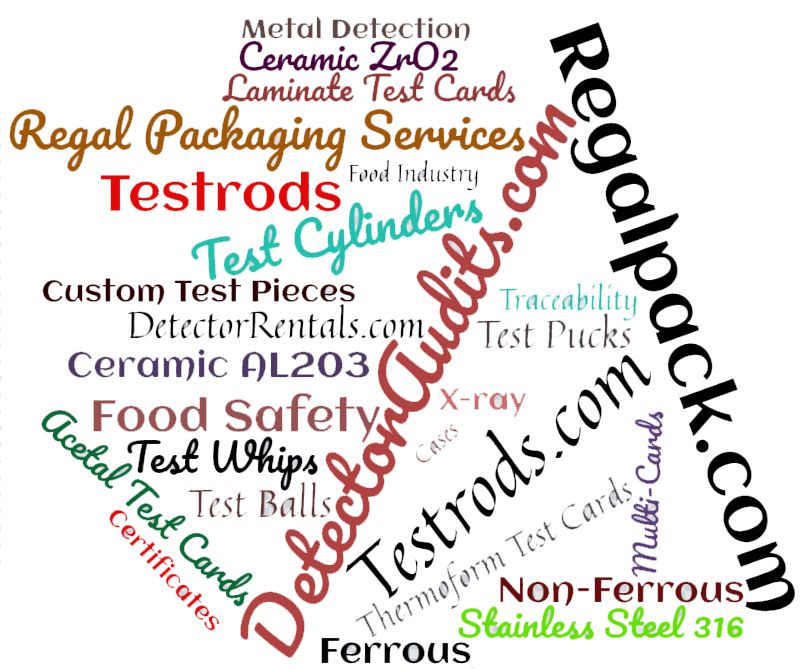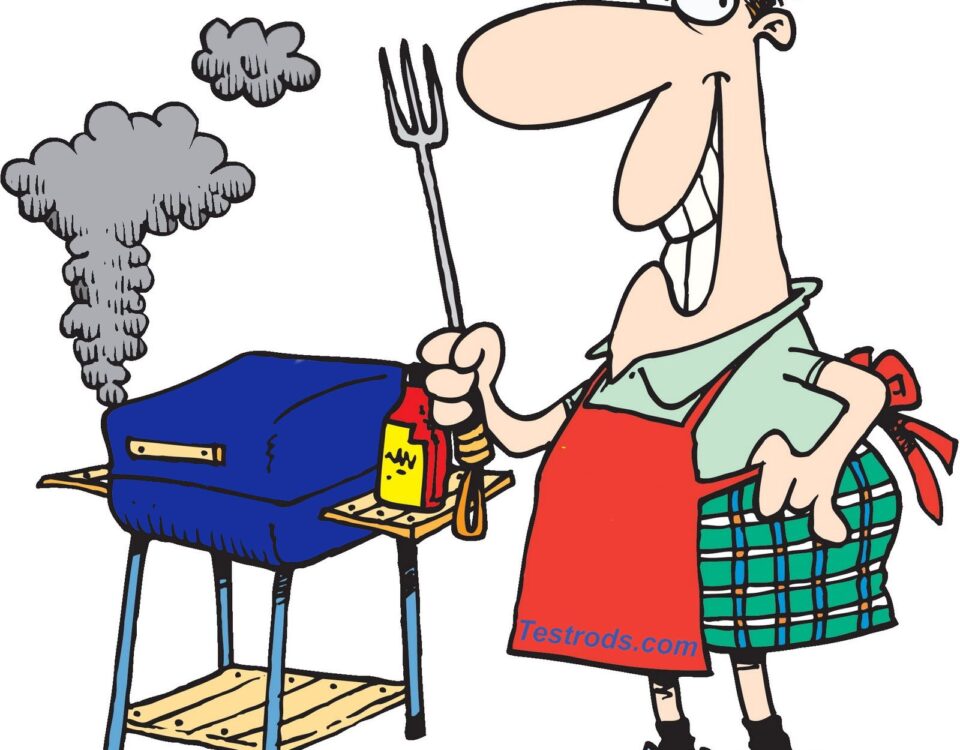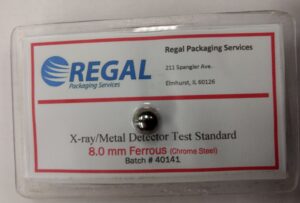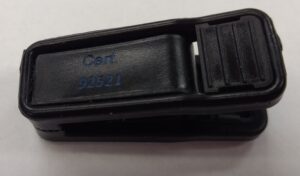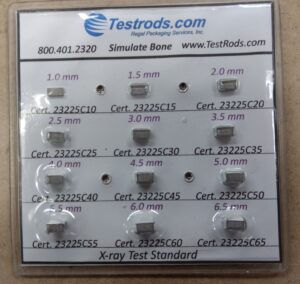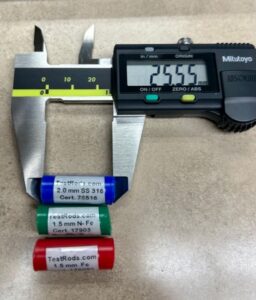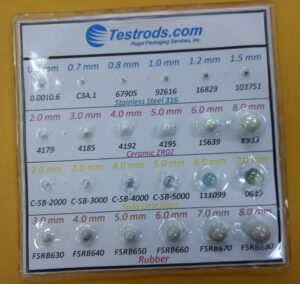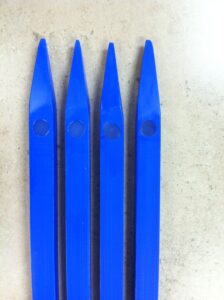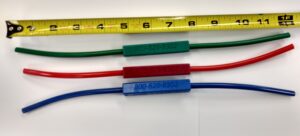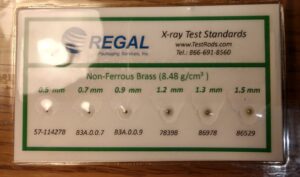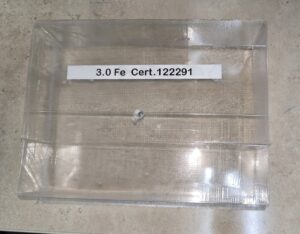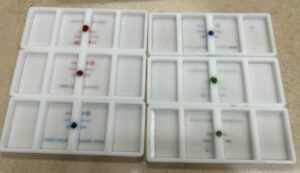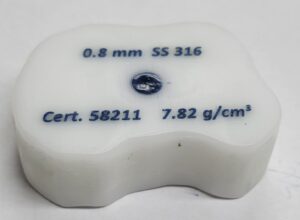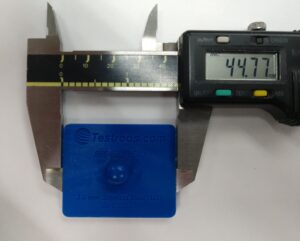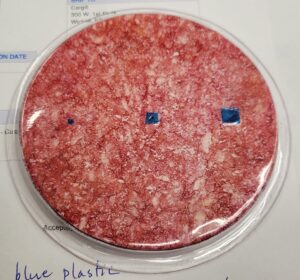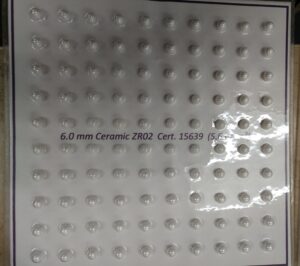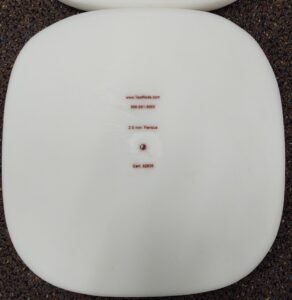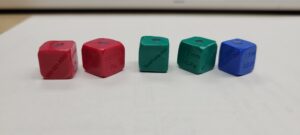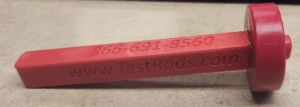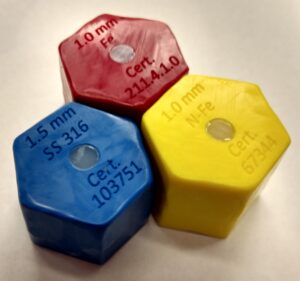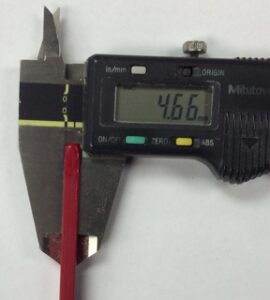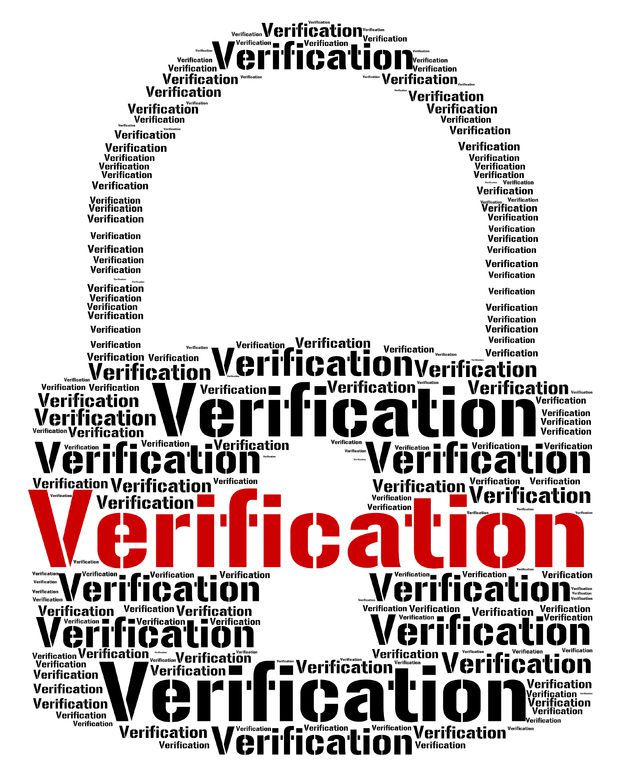
Calibration and Verification
March 10, 2021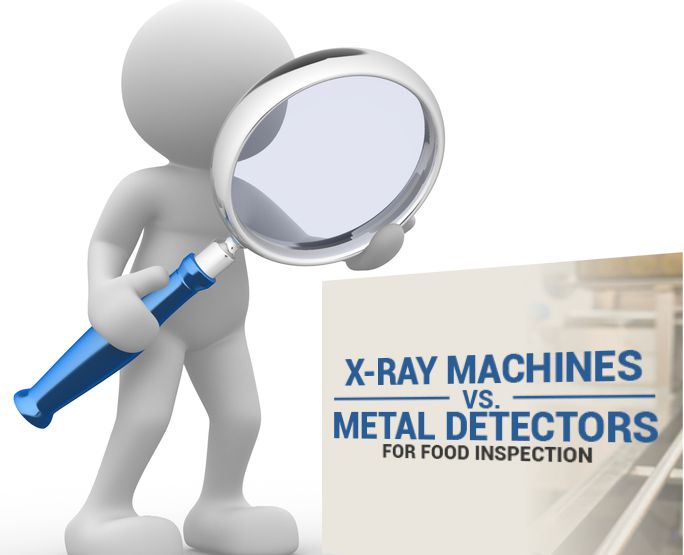
Metal Detection or X-Ray Inspection?
July 24, 2021A Culture of Food Safety with the Right People
There are a lot of factors that go in to making the food we eat safe for consumption. There are things like: manufacturing equipment (incl. metal detectors and/or x-ray inspection systems), supply side control, ingredient management, testing equipment and packaging materia. And the list just goes on. The processes need to be well defined and the methods well documented. In addition, HACCP plans must be discussed, lab testing procedures outlined and final checkpoints determined. In essence, you need to create a culture of food safety with the right people,
Guaranteeing that food coming out of your facility will be safe means having the right people oversee the whole process. From the top down, there has to be a culture of quality assurance and safety. In a purely practical world, this commitment first has to be demonstrated by managers and leaders. And it must be done on a consistent, daily basis. The company vision, values, systems, language, beliefs, and habits must reflect it. Keep in mind that all the best processes, procedures and equipment mean nothing if the right people aren’t in place. And it’s not just knowledge or education that will make the difference. Your plant might be full of PHDs and still fail to protect the final product in the marketplace.
 PEOPLE ARE THE PRIORITY
PEOPLE ARE THE PRIORITY
You need people who think about the customer at the end of the food chain. They should treat the product as if it were their own families at the dining room table. They must be the kind of people who will ensure there is quality control in the marketplace. That means having a hiring process that seeks out more than knowledgeable or even experienced employees is crucial. It’s probably more important to hire and train the right kind of person. A staff that understands the ins and outs of the food industry may be secondary. Training will require time and effort. Imagine your wife or your children eating your product knowing they might be at risk.
So on your list of employee requirements, consider carefully how much weight you place on each of the qualities needed for the job. You might have to develop a training curriculum. Maybe you will set aside days for educating employees. You want trust sure about your people have everything to make your product trustworthy. Digging into a potential employee’s references and asking the right questions may have a huge impact on what you bring to the marketplace. You might ask, “Tell me about a time when you successfully led a project from start to finish,.” Better yet, you could ask, “Tell me about the people you worked with on a project, how you treated them throughout the process and the quality of the end product or goal.”
THEN DOES EDUCATION REALLY COUNT?
Of course, it’s not an either/or question. It’s a both/and. In a best case scenario, you get employees with the right knowledge base and education who really care about the quality of the product. You want people who are proud of what they do. Wouldn’t it be great to have a crew that can defend your product without having to being defensive? And how nice would it be to fall asleep at night knowing your team has done the best job possible to protect every consumer who buys your product? A culture of food safety isn’t just what appears in your employee handbook, it’s what goes out the door with every product you sell.
At Testrods.com, we know we’re only 1 small link in the food safety chain, providing you with the necessary test pieces and certificates to ensure your metal detectors and x-ray inspection systems are working. But even here, we understand the value of a culture of safety. We want to know, as much as you do, that what we buy off the shelf we can feed to our families. In fact, for us, it’s what drives customer service.


